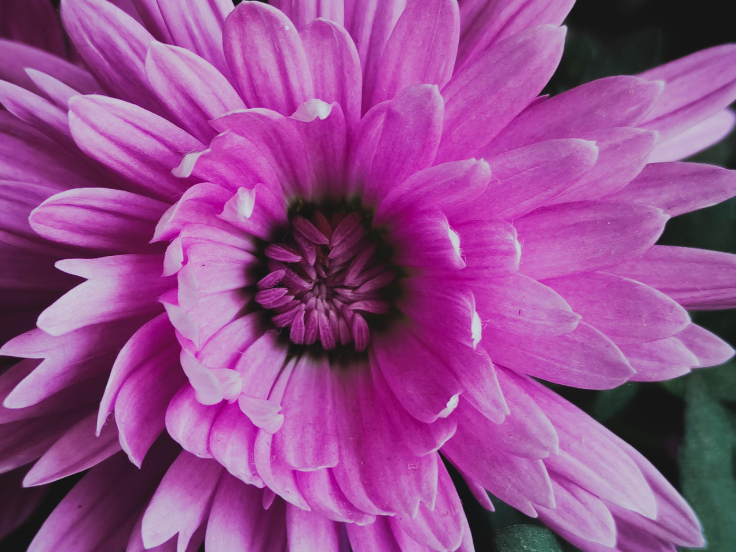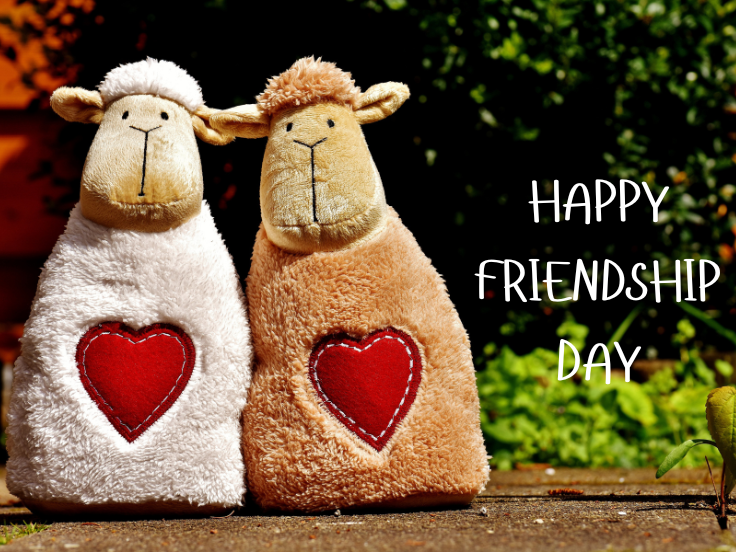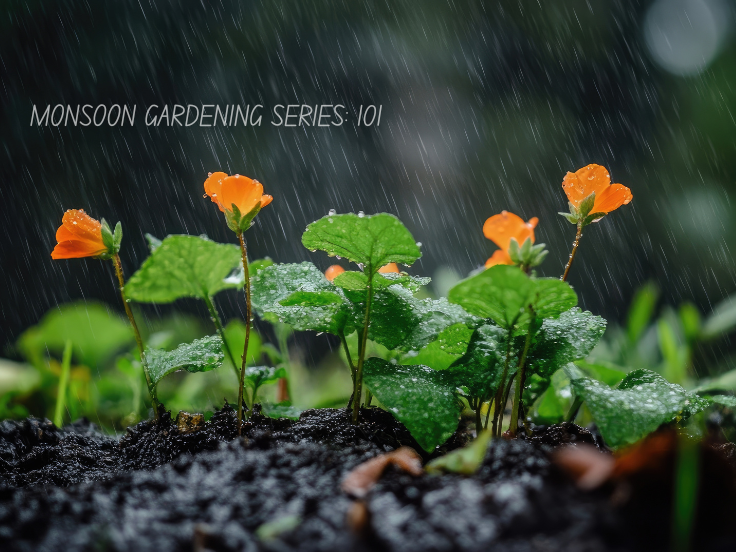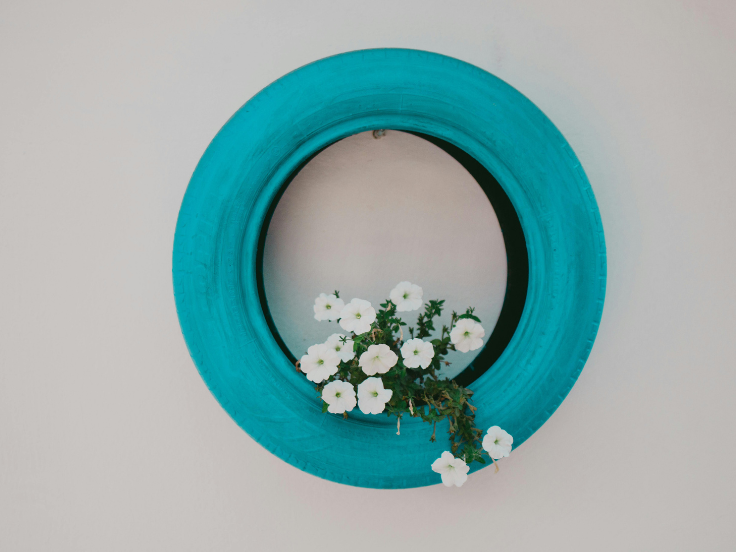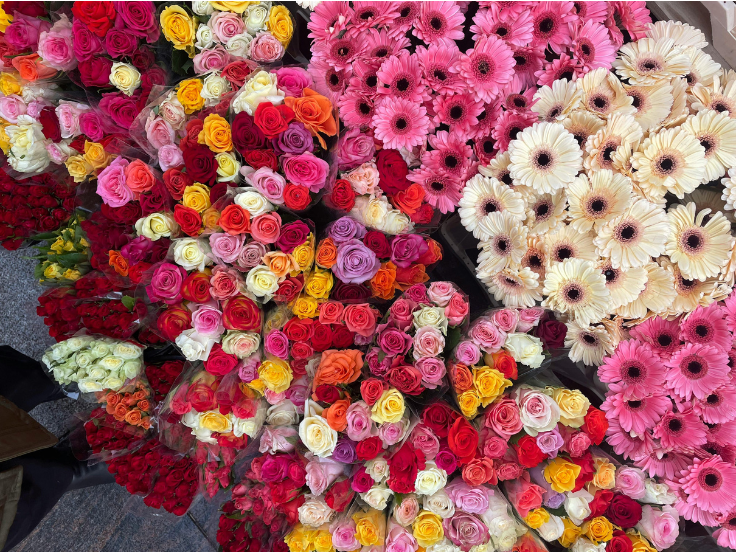
Flower Gifting Customs Around the World

John Harrigan wasn’t wrong when he said “Happiness held is the seed; Happiness shared is the flower.”People have been sharing happiness; and giving flowers for a very long time. It has actually become a medium to communicate, yes! The communication of love, joy, happiness, gratitude, and whatnot. There were different cultures and their different ways of giving flowers. Globally it has taken the place of language of emotion. Eastern to European have their meaning behind flowers but what converges them is the universal use of flowers as a language to communicate their emotions.
You know, it’s really interesting how every culture has put its own spin on the flower-giving tradition. It’s evolved into something so much more personal and creative than just a simple bouquet. So, Let’s get deeper into the different cultures around the world and their definition of flower.
Unfolding Eastern Tradition of Flowers
Japan’s Flower Language: Hanakotoba

Ever wondered why Japan seems to have such a magical connection with flowers? From the dreamy cherry blossoms (Sakura) to the elegant wisteria (Fuji) and those stunning camellias (Tsubaki), their floral game is seriously on point.
But here’s the really fascinating part – they’ve got this beautiful tradition called “Hanakotoba.” Think of it as their secret flower language, where every bloom has its own special message.
Giving someone red camellias conveys deep love, while white chrysanthemums are reserved for mourning. It’s like having a whole emotional dictionary, but instead of words, people use flowers to tell someone exactly how they feel.
The Royal Flower Tradition of China

Coming to the other side of Japan, China it is! When thinking about their flower tradition they have their own peculiarities of flowers. Where every other tradition considers Peonies as another flower, their Chinese people named it “King of Flowers”.
In Chinese culture, giving flowers has deep symbolic meaning, it’s not just about the beauty, but about conveying specific wishes and blessings. Giving orchids represents friendship and good fortune, while peonies are often given to express wishes for prosperity and honor.
Isn’t it interesting to know that each flower has it’s own meaning in their culture from plum blossoms which are known for strength and resilience to Chrysanthemums considered one of the “Four Gentlemen”; talk about a fancy title! They show up everywhere from traditional paintings to tea cups.
India’s Vibrant Flower Tradition

And then there’s India – talk about taking flower traditions to a whole new level! Seriously, if you think you’ve seen flowers used in celebrations, wait until you experience an Indian event. People literally paint their world with petals! From tiny house events to those epic Indian weddings, flowers aren’t just decoration, they’re practically part of the family.
You’ll find flowers absolutely everywhere. They’re draped on walls as gorgeous garlands, sprinkled on welcome plates, woven into bridal hairdos, and worn proudly as necklaces. It’s like we have figured out every possible way to include flowers in our celebrations.
The heartwarming custom of welcoming special guests with a fresh flower garland, symbolizing love and respect. It’s like we have figured out every possible way to include flowers in our celebrations and daily life. Pretty amazing how we’ve turned flower decoration into an art form that’s both sacred and social.
The Magical European Tradition of Flowers
So, we’ve explored how the East celebrates with flowers, let’s hop over to Europe, they’ve got some pretty amazing flower stories too! While Eastern traditions often focus on spiritual meanings and big celebrations, Europeans have their own special way with flowers. Think romance, royal families, and some really cool traditions that go back hundreds of years.
Netherland’s Tulips Rainbow
The Netherlands has such a rich history with flowers, they’re famous for growing everything from hyacinths to daffodils, roses, lilies, and stunning orchids. But there’s something really special about tulips; they’ve captured Dutch hearts in a way no other flower has.
It’s magical during spring, especially from March through May, when the tulip fields burst into bloom. The sight of those endless colorful fields is just breathtaking.
The Dutch have this lovely tradition of giving flowers as gifts, and they’ve given different tulip colors these beautiful meanings. Red tulips are all about love, while white ones represent forgiveness and respect. When you see orange tulips, that’s a nod to Dutch patriotism and enthusiasm. And those bright yellow ones? They’re like little pieces of sunshine, representing energy and cheerfulness. There are actually meanings for pretty much every color you can think of.
Flowers Custom of France

You can’t talk about flowers without mentioning France! You know how every country has its signature blooms? Well, France is famous for its stunning irises and the lily; that regal flower that used to be the symbol of French royalty.
The French really know how to make flowers part of everyday life, and they’ve got some pretty interesting rules about giving them too. You’ll never see someone gifting chrysanthemums because those are strictly for cemeteries and memorials.
They’re really particular about numbers. When giving flowers, it’s always got to be an odd number, but whatever you do, don’t give 13! The French take that superstition pretty seriously.
Being the romantic souls they are, red roses are still their go-to for love. And the ultimate May Day tradition where on May 1st, everyone exchanges lilies of the valley flowers for good luck. They call it La Fête du Muguet, and it just brings this wonderful spring vibe to the whole country.
Heritage of United Kingdom’s Royal Flowers

The British have their own fascinating flower story to tell. it’s quite different from their French neighbors. The rose isn’t just any flower there, it’s royalty. literally! You’ll spot the Tudor rose everywhere from coins to official emblems.
The British have some really specific ideas about flower-giving. Mother’s Day is all about bright daffodils or pink carnations, while romance calls for classic red roses with lilies. And if you’re sending sympathy flowers? It has to be white lilies – that’s just how it’s done.
Back in the Victorian era they used to send entire secret messages through bouquets! While people might not be decoding their bouquets anymore, they still love choosing flowers with special meanings.
Conclusion
It’s fascinating how flowers have this magical ability to bring joy across every culture and continent. Whether you’re looking at Japan’s ikebana, China’s beloved peonies, India’s marigold festivals, or the tulip mania that once gripped the Netherlands. After all, as Harrigan pointed out, flowers are one of those rare things that truly unite us all.
So, are you ready to make someone’s day happier and brighter? Explore our curated collection of blooms and spread happiness to your loved ones.
Visit Gulmahal for more such interesting blogs
Author of the Blog : Haala Aslam




